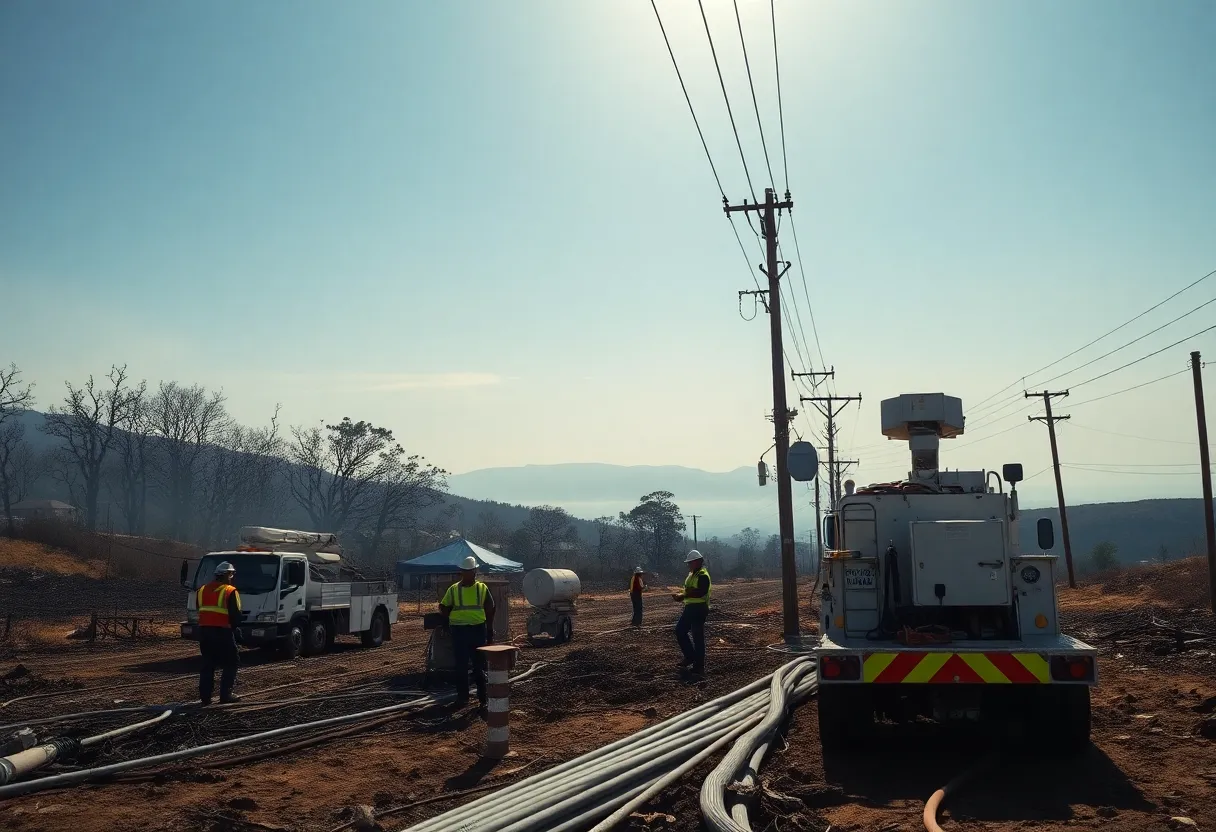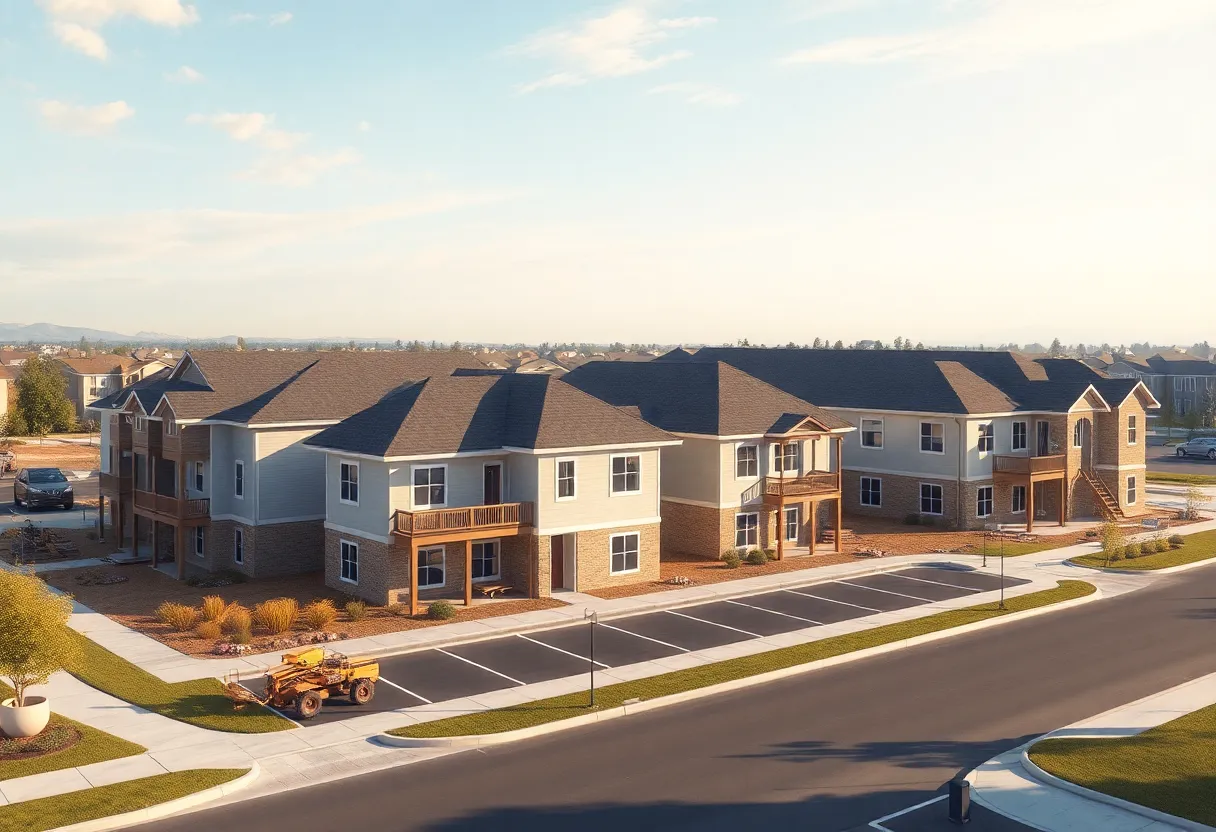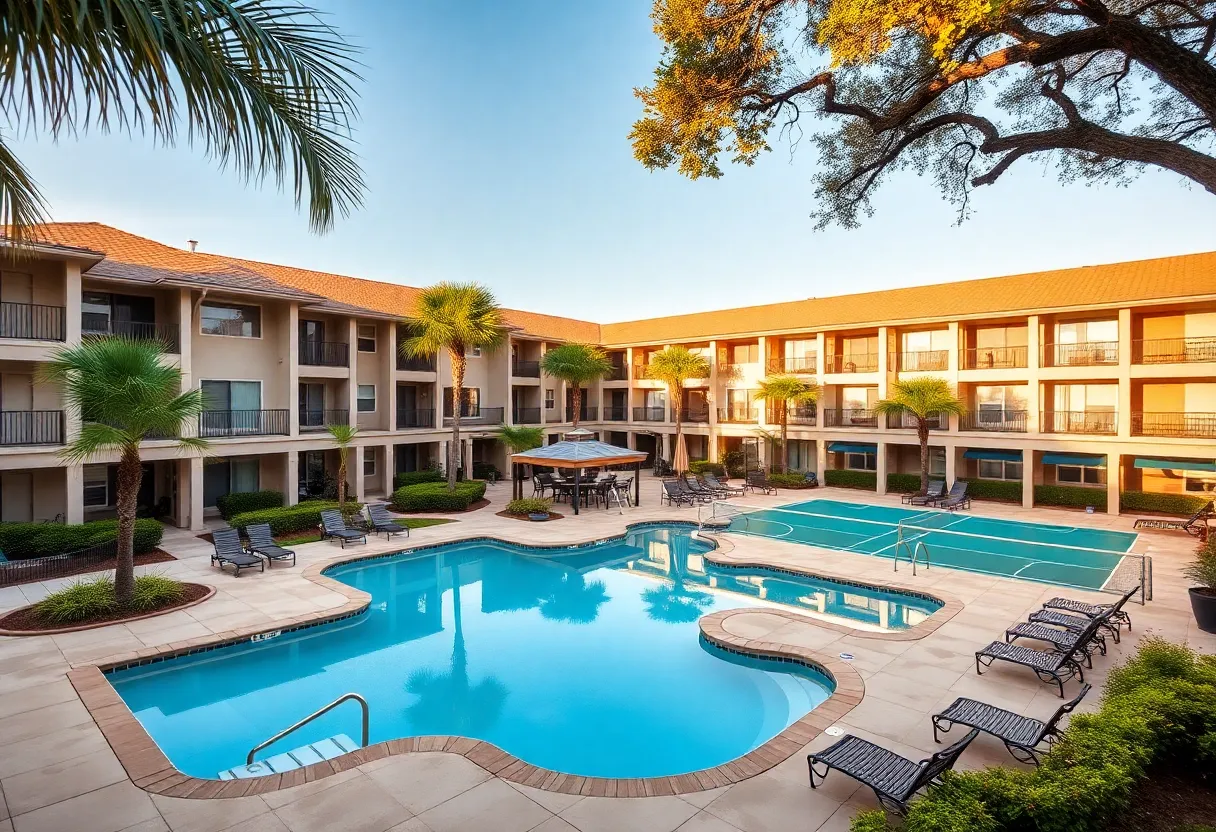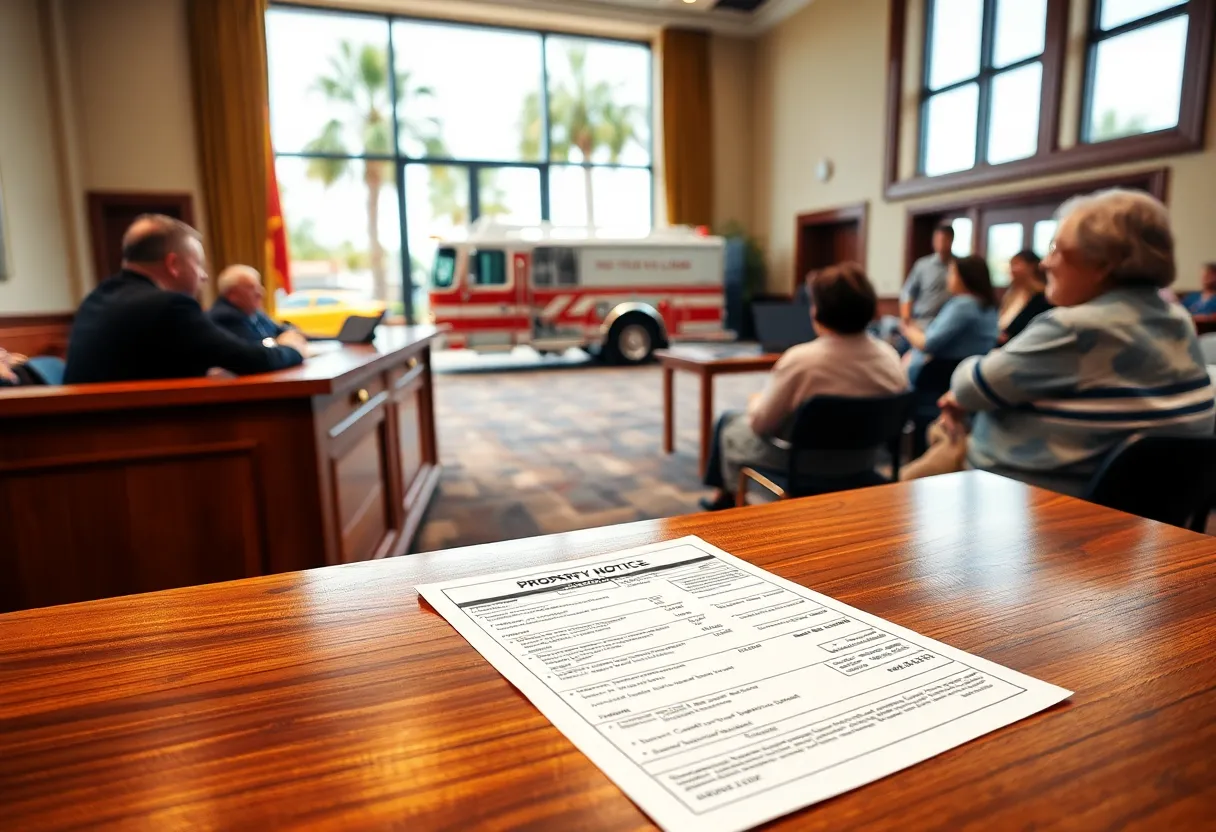California (Eaton and Palisades fire zones), August 16, 2025
News Summary
The governor issued an executive order temporarily suspending state-level CEQA and California Coastal Act reviews for utility work restoring electric, gas, water, sewer and telecommunications infrastructure in the Eaton and Palisades fire zones. The move aims to shorten permitting and environmental review timelines to accelerate utility restoration and encourage undergrounding where feasible. Officials say the order complements earlier waivers, but rebuilding still faces major challenges including skilled labor shortages, materials and transformer supply limits, high construction lending costs, insurance barriers, and local permitting delays. Environmental groups call for balanced safeguards as recovery proceeds.
Governor suspends environmental reviews for utilities to speed utility rebuild after major Los Angeles fires; experts warn big hurdles remain
What happened: The governor signed an executive order this week that temporarily suspends certain environmental review and permitting requirements under CEQA (the California Environmental Quality Act) and the California Coastal Act for utility companies working to restore electric, gas, water, sewer and telecommunication infrastructure in the Palisades and Eaton fire burn zones. The move is intended to accelerate cleanup, reconnect displaced residents and allow utility systems to be rebuilt faster, with a strong push toward undergrounding lines where feasible.
Immediate intent and scope
Officials are prioritizing debris removal and emergency housing for the tens of thousands displaced by the Eaton and Palisades fires, which burned nearly 48,000 acres and damaged or destroyed more than 16,000 structures, including roughly 9,500 single-family homes, about 1,200 duplexes and nearly 600 apartments. The order removes CEQA and Coastal Act requirements for utility infrastructure work in the affected zones, and builds on earlier orders that loosened environmental reviews for rebuilding homes, businesses and wildfire prevention work.
Why officials favor the change
State leaders have argued that easing these reviews will help utilities move faster to reconnect services and reduce near-term fire risk by placing more lines underground. Some undergrounding had already been planned and permitted: about 40 miles of line in Altadena and about 80 miles in the Palisades area were already in process. The executive order is meant to speed permitting for additional undergrounding projects and other infrastructure upgrades.
Key short-term mechanics
The U.S. Army Corps of Engineers’ debris cleanup program has a right-of-entry enrollment deadline of April 15, and some multifamily buildings are now eligible for the Corps’ debris cleanup. Local agencies will still handle many rebuild permits, and the city and county processes remain a bottleneck for homeowners and property owners seeking to rebuild quickly.
Main barriers to rebuilding
Despite the regulatory easing, experts and industry leaders say rebuilding faces steep challenges beyond permitting:
- Labor shortages: The region and state face a long-term shortage of skilled tradespeople; about 400,000 open jobs nationally for trades are reported, and roughly 40% of current construction workers are expected to retire by 2031. Immigrant workers make up a large share of the workforce.
- Materials and supply limits: Transformers and other specialized equipment are in short supply. Lumber prices have fallen from recent highs, but potential tariffs or a demand surge during rebuilding could drive prices back up.
- High financing costs: Builder lending rates remain elevated in many cases, often around 10–12%, making construction loans expensive even as broader interest rates move lower.
- Insurance and mortgage barriers: Some insurers have stopped offering coverage in high-fire areas, pushing homeowners to the state-backed insurer of last resort, which recently required a $1 billion assessment on member companies—an action that will raise property insurance costs. Without insurance, many homeowners cannot obtain mortgages to rebuild.
- Local permitting pace: Rebuilds have been slow: more than 800 homeowners applied for wildfire rebuilding permits in the city as of early July, but fewer than 200 had approvals. City average approval time for wildfire rebuilds is roughly 55 days, with county approvals taking longer.
Environmental and community concerns
Environmental advocates urge a balanced approach. Many stress that broad waivers could have long-term environmental costs and that work should still account for climate risks, water quality and coastal protections. State officials note that CEQA already contains exemptions for many rebuild activities, but some observers say blanket suspensions risk overlooking critical local impacts.
Longer-term rebuilding outlook
Rebuilding will transition from emergency cleanup to multi‑year reconstruction. Market factors — high land values in many affected neighborhoods, offers from developers, and housing demand — will influence decisions about whether homeowners rebuild or sell damaged parcels. Past analyses show new construction can bounce back quickly after some fires, but many homeowners choose not to rebuild when the process is costly and lengthy.
Workforce and funding initiatives
To address the skilled labor gap, a major foundation committed $500,000 to trades training in the region through a program called Path to Pro, aimed at expanding post‑secondary training for electricians, plumbers, carpenters and HVAC specialists. Such workforce investments are intended to both speed rebuilding and create longer-term capacity for future resilience projects.
What to watch next
Key issues to follow include how quickly utilities translate the executive order into work plans, whether undergrounding projects can be completed without major cost overruns, how builders and homeowners manage high loan and insurance costs, and whether local permitting pipelines clear more applications. The state has signaled an interest in rebuilding with greater fire resilience, but execution will hinge on labor, material supplies, financing and local approval timelines.
Frequently Asked Questions
How does the executive order change permitting?
The order temporarily lifts CEQA and California Coastal Act requirements for utility companies restoring power, gas, water, sewer and telecom infrastructure in the specified fire zones, aiming to speed approvals for those projects.
Which areas are covered?
The order applies to utility rebuilding work in the Palisades and Eaton burn zones affected by the recent fires.
Will lifting reviews speed home rebuilding?
It can accelerate utility reconnection and infrastructure upgrades, but home rebuilding will still face other hurdles such as labor shortages, expensive construction loans, insurance gaps and local permitting timelines.
What are the biggest cost pressures?
High builder lending rates (often around 10–12%), rising material and equipment costs, and increased insurance costs are major drivers of rebuilding expense.
How can homeowners join debris cleanup?
Property owners must submit a right‑of‑entry form to enroll in the Army Corps’ debris cleanup; the current enrollment deadline is April 15 for the program noted by state officials.
Are there programs to train construction workers?
Yes. A foundation has invested $500,000 into regional trades training through the Path to Pro program to help expand skilled labor capacity for rebuilding.
Key features at a glance
| Feature | Details |
|---|---|
| Legal change | Temporary suspension of CEQA and California Coastal Act requirements for utility infrastructure in specified burn zones |
| Geographic focus | Palisades and Eaton fire burn zones |
| Primary goal | Speed cleanup, restore utilities, promote undergrounding to reduce future fire risk |
| Major hurdles | Shortage of skilled labor, materials and equipment limits, high construction lending rates, insurance availability and costs |
| Actionable deadline | Army Corps debris cleanup right-of-entry deadline: April 15 |
| Workforce support | $500,000 investment in trades training via Path to Pro to expand skilled labor pipeline |
Deeper Dive: News & Info About This Topic
Additional Resources
- NBC Los Angeles: How Paradise is Being Rebuilt — What SoCal Can Learn Post-Fires
- Wikipedia: Wildfire
- Holland & Knight: Orders Addressing Rebuilding After Southern California Fires
- Google Search: Southern California rebuilding after fires
- CBS News: Southern California faces frustrating, expensive rebuilding process
- Google Scholar: rebuilding after wildfires California
- Los Angeles Times: California suspends environmental laws to speed rebuilding, undergrounding utilities
- Encyclopedia Britannica: California Environmental Quality Act
- Wired: Why it’s taking LA so long to rebuild after the wildfires
- Google News: LA rebuild after wildfires





